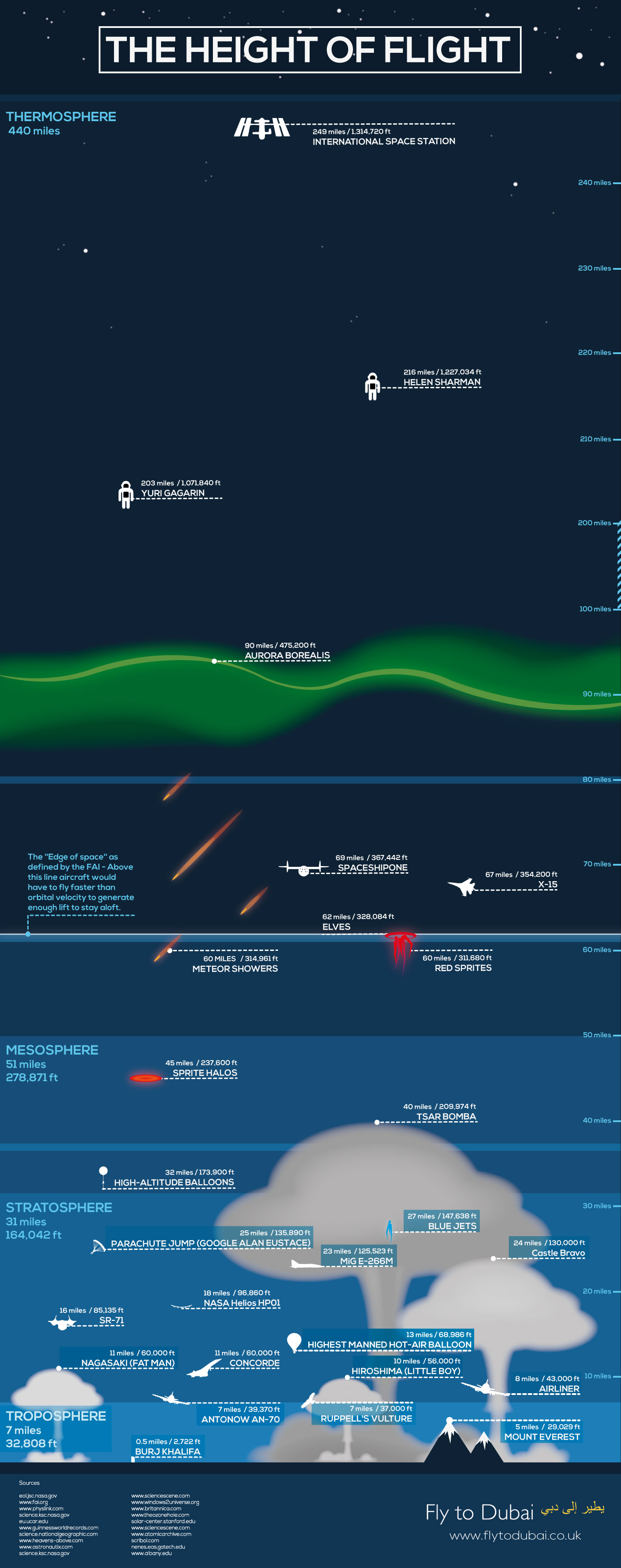Flight Flying Height

The art of flight has captivated human imagination for centuries, and one of the most critical aspects of this phenomenon is the flying height. Whether you’re a seasoned pilot, an aviation enthusiast, or simply someone who appreciates the mechanics of flight, understanding the intricacies of flying height is essential. In this comprehensive exploration, we’ll delve into the world of flight, examining the factors that influence flying height, the different types of flying heights, and the importance of precision in navigating the skies.
To begin with, it’s essential to acknowledge that flying height, also known as altitude, is a critical component of flight. Altitude refers to the height of an aircraft above a given reference point, usually sea level. The flying height of an aircraft is influenced by a multitude of factors, including air density, temperature, humidity, and air pressure. For instance, as air density decreases with increasing altitude, aircraft must generate more lift to maintain a steady flying height. This is why pilots often need to adjust their flying height in response to changes in air density.
One of the most significant factors affecting flying height is the type of aircraft being flown. Different aircraft have distinct performance characteristics, and their flying heights vary accordingly. For example, commercial airliners typically cruise at altitudes between 30,000 and 40,000 feet (9,144 to 12,192 meters), while smaller, single-engine planes usually fly at much lower altitudes, often below 10,000 feet (3,048 meters). Additionally, the weight and cargo capacity of an aircraft also impact its flying height, as heavier loads require more power to achieve and maintain the desired altitude.
Now, let’s examine the different types of flying heights, each with its unique characteristics and applications. The most common types of flying heights include:
- Cruise altitude: This is the altitude at which an aircraft flies for the majority of its journey, usually the most fuel-efficient height.
- Climb altitude: This is the altitude gained during the ascent phase of flight, where the aircraft is climbing to reach its cruise altitude.
- Descent altitude: This is the altitude lost during the descent phase of flight, where the aircraft is decreasing its altitude to prepare for landing.
- Pattern altitude: This is the altitude at which an aircraft flies during the traffic pattern, typically around 1,000 to 1,500 feet (305 to 457 meters) above ground level.
The importance of precision in navigating the skies cannot be overstated. Accurate flying heights are crucial for ensuring safe separation between aircraft, avoiding obstacles, and maintaining optimal flight paths. Pilots must carefully monitor their flying height, taking into account factors such as air traffic control instructions, weather conditions, and aircraft performance. Even small deviations from the intended flying height can have significant consequences, including increased fuel consumption, reduced safety margins, and potential conflicts with other air traffic.
To illustrate the significance of flying height, let’s consider a real-world scenario. Suppose a commercial airliner is flying from New York to Los Angeles, with a planned cruise altitude of 35,000 feet (10,668 meters). However, due to unforeseen weather conditions, the pilot must descend to 25,000 feet (7,620 meters) to avoid turbulence. This change in flying height requires adjustments to the aircraft’s speed, pitch, and power settings to maintain a stable flight path. Failure to accurately adjust the flying height could result in reduced fuel efficiency, increased flight time, or even a loss of control.
In conclusion, flying height is a vital aspect of flight, influenced by a complex array of factors and requiring precise navigation to ensure safe and efficient flight operations. By understanding the different types of flying heights, the factors that affect them, and the importance of precision in navigating the skies, we can appreciate the remarkable complexity and beauty of flight.
What is the typical cruise altitude for commercial airliners?
+Commercial airliners typically cruise at altitudes between 30,000 and 40,000 feet (9,144 to 12,192 meters).
How does air density affect an aircraft's flying height?
+As air density decreases with increasing altitude, aircraft must generate more lift to maintain a steady flying height.
What is the importance of precision in navigating the skies?
+Accurate flying heights are crucial for ensuring safe separation between aircraft, avoiding obstacles, and maintaining optimal flight paths.
As we continue to explore the wonders of flight, it’s essential to recognize the critical role that flying height plays in ensuring the safety and efficiency of air travel. By embracing the complexities of flying height and striving for precision in navigation, we can unlock new possibilities for flight and push the boundaries of what is possible in the skies.